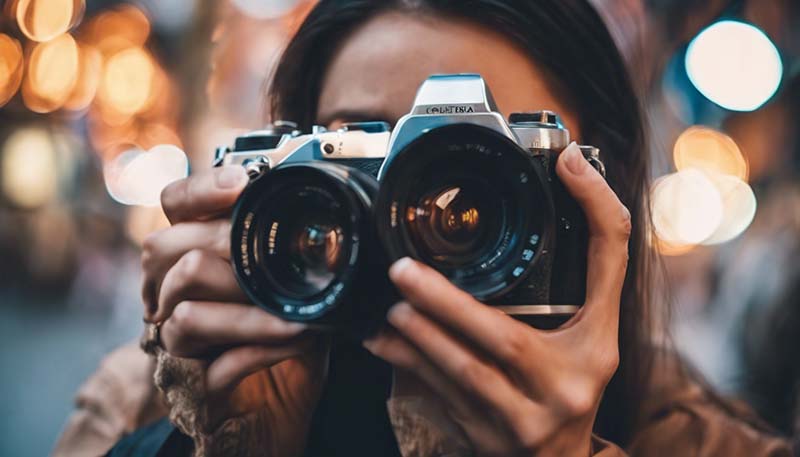The Role of Beauty in Cultural Exchange
Beauty is a universal concept that transcends the boundaries of geography, language, and culture. It is a powerful medium for cultural exchange, allowing for the sharing of values, ideas, and emotions across diverse societies. This essay explores the role of beauty in cultural exchange, examining its various dimensions and the impact it has on fostering understanding and appreciation among different cultures.
Introduction
The appreciation of beauty is a fundamental aspect of the human experience. It is through beauty that we connect with art, nature, and human expression. In cultural exchange, beauty acts as a bridge, facilitating the sharing of cultural heritage and promoting mutual respect and admiration.
Advertisement
The Language of Beauty
While language can sometimes be a barrier in international communication, the language of beauty is universal. Aesthetic appreciation is innate, and it allows people to connect on a deep, emotional level without the need for words. This is evident in the global popularity of music, dance, and visual arts, which often speak to audiences regardless of their linguistic or cultural backgrounds.
Music as a Universal Voice
Music is a powerful tool for cultural exchange. Melodies, rhythms, and harmonies can evoke emotions and tell stories that resonate with listeners from all corners of the world. The global success of diverse musical genres, from classical to jazz to world music, demonstrates the unifying potential of beauty in sound.
Dance as a Kinetic Art
Dance is another form of beauty that communicates across cultures. The human body's movement can express a wide range of emotions and narratives. Traditional dances from various cultures are not only a source of pride and identity for the people who perform them but also a means of cultural diplomacy and exchange.
Visual Arts as a Visual Language
The visual arts, including painting, sculpture, and photography, offer a visual language that can be interpreted by audiences regardless of their linguistic abilities. The beauty of a well-crafted artwork can inspire awe and curiosity, prompting dialogue and the sharing of cultural insights.

The Role of Beauty in Cultural Diplomacy
Cultural diplomacy is the exchange of cultural ideas and values to enhance mutual understanding and respect. Beauty plays a significant role in this process, as it is often the most accessible and relatable aspect of a culture. The display of a country's art, architecture, and design can serve as a visual representation of its cultural identity and values.
Art Exhibitions and Cultural Festivals
Art exhibitions and cultural festivals are platforms where the beauty of a culture can be showcased. These events not only entertain but also educate, providing insights into the history, beliefs, and aesthetics of the cultures being presented.
Cultural Icons and National Identity
Cultural icons, such as famous landmarks, architects, and artists, can become symbols of national identity. These icons embody the beauty and spirit of a culture and are often used in cultural diplomacy to convey a country's pride and heritage.
The Challenges of Beauty in Cultural Exchange
While beauty is a powerful tool for cultural exchange, it also faces challenges. Misinterpretation, cultural appropriation, and the commercialization of cultural symbols are issues that need to be carefully managed to ensure that cultural exchange remains respectful and authentic.
Misinterpretation and Stereotyping
Misinterpretation can lead to stereotyping and misunderstandings. It is crucial to approach cultural beauty with an open mind and a willingness to learn, rather than imposing one's own cultural lens onto another's art or traditions.
Cultural Appropriation
Cultural appropriation is a contentious issue in cultural exchange. It occurs when elements of a culture are taken out of context and used in ways that are disrespectful or exploitative. It is important to engage with cultural beauty in a way that respects its origins and significance.
Commercialization and Authenticity
The commercialization of cultural symbols can sometimes dilute their meaning and authenticity. Care must be taken to preserve the integrity of cultural beauty and not reduce it to mere commodities for consumer consumption.
Conclusion
In conclusion, beauty is a profound and multifaceted aspect of cultural exchange. It has the power to inspire, educate, and connect people from different cultures. By embracing the beauty of other cultures and approaching it with respect and understanding, we can enrich our own cultural experiences and foster a more harmonious global community.
[Note: This is an excerpt of the essay. The full essay would continue with further discussion and analysis on the topic.]
Comments